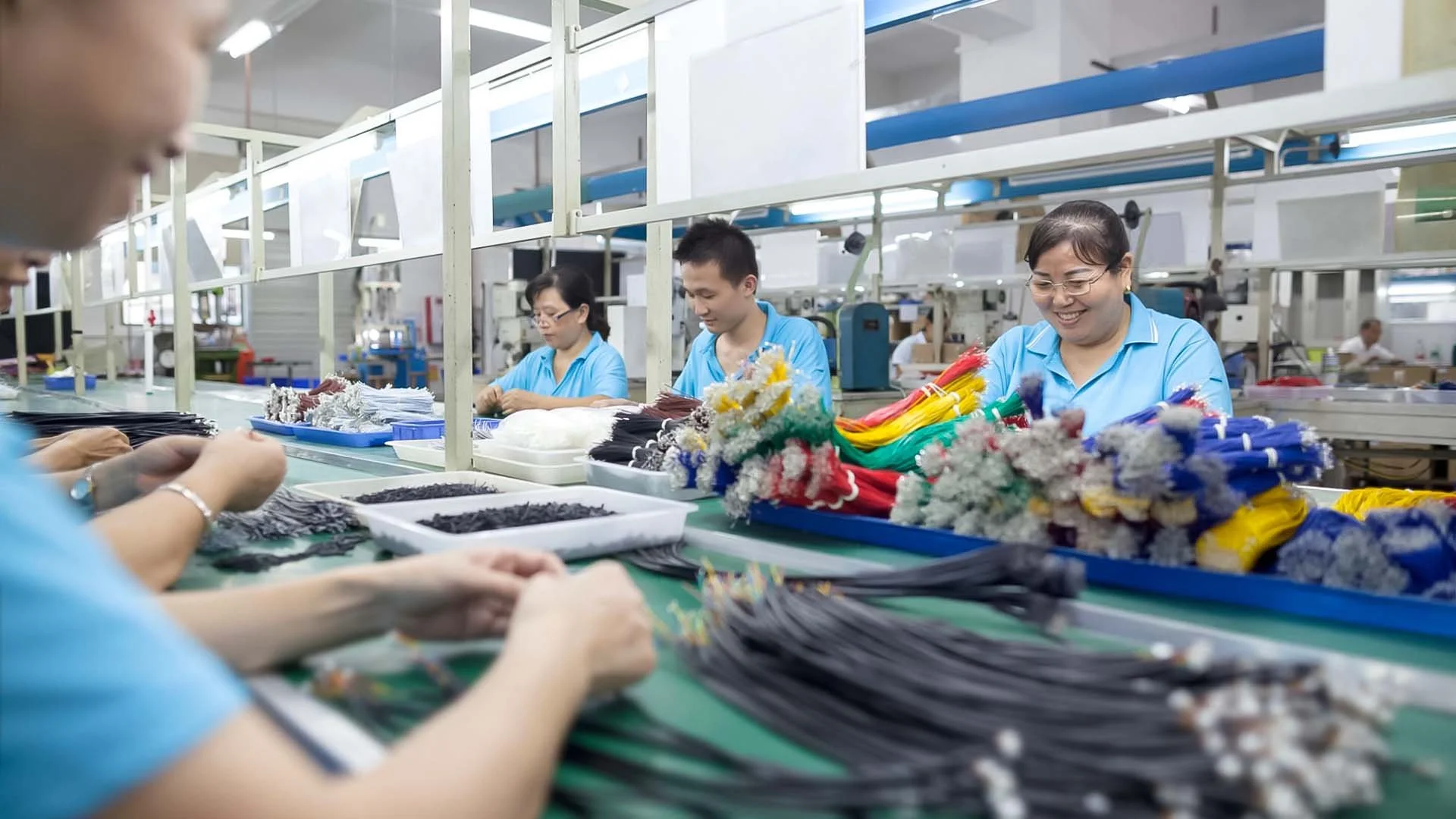China’s Manufacturing PMI Falls to 49.0: A Warning Signal or Hidden Opportunity for Forex Traders?
A Slow Start to Q4: What’s Behind China’s PMI Decline
China’s official Manufacturing Purchasing Managers’ Index (PMI) slipped to 49.0 in October, marking its lowest level in six months and tying April’s reading for the weakest point of the year. For traders and investors, this figure matters more than it may seem — because the PMI serves as an early pulse check on the health of the world’s second-largest economy.
To put it simply, a PMI above 50 means expansion, while below 50 means contraction. At 49.0, China’s factories are signaling slower activity, suggesting weaker demand both domestically and abroad. The data came in worse than market expectations of 49.6, adding to growing concerns about the strength of China’s economic rebound.
According to the National Bureau of Statistics, all major subcategories weakened. Production slipped to 49.7, its first contraction in half a year, while new orders dropped to 48.8, the lowest since August 2024. Export orders fell sharply to 45.9, confirming that global demand is cooling — a worrying sign for an economy still heavily reliant on trade.
For Forex traders, these numbers are not just statistics. They hint at potential currency volatility, especially for the Chinese yuan (CNY) and its counterparts like the USD/CNY pair.

Factories in Decline: What It Means for Traders
Manufacturing is the backbone of China’s growth story. When its momentum weakens, it sends ripples through commodities, trade partners, and global currency markets.
This October report showed that large, medium, and small enterprises all slid into contraction — a rare occurrence that reflects broad-based pressure across industries. Larger firms continued to outperform smaller ones, but even they couldn’t escape the slowdown.
Employment data painted a similar picture. Although still in contraction for the 32nd consecutive month, the job losses were slightly less severe (48.3 vs. 48.5). Still, the long-term trend suggests that factories remain cautious about rehiring — an early sign that business confidence is low.
For the Forex market, weaker factory data usually fuels risk-off sentiment, where investors move money from emerging-market currencies like the Chinese yuan (CNY) into safer assets such as the US Dollar (USD) or Japanese yen (JPY). This can lead to CNY depreciation, affecting pairs like USD/CNH and AUD/USD, given Australia’s close trade ties with China.
Non-Manufacturing PMI: Holding the Line
If the manufacturing sector stumbled, China’s non-manufacturing PMI offered a small but meaningful relief — rising slightly to 50.1, just above the neutral line. This suggests that the services and construction sectors are barely holding the economy in positive territory.
However, the details show fragility beneath the surface. New orders stayed flat at 46.0, and export orders fell sharply by 3.6 points to 46.2, indicating weaker demand for services abroad. The only bright spots were business expectations (up to 56.1) and minor recoveries in input and selling prices.
While these improvements may seem encouraging, they aren’t strong enough to offset the broader slowdown. In short — the engine of China’s economy is sputtering, and the services sector can only do so much to keep growth afloat.
Why This Matters for Forex Trading
For those learning Forex Trading for Beginners, understanding reports like PMI is essential. It’s not just about knowing the number — it’s about reading what the number means for currencies.
A weak Chinese PMI often translates to:
Stronger USD/CNH, as investors shift toward the US Dollar.
Pressure on the Australian Dollar (AUD/USD), since Australia exports heavily to China.
Volatility in EUR/USD and GBP/JPY, as global markets adjust risk exposure.
Moreover, since global demand is slowing, traders might anticipate central bank actions like stimulus or rate cuts in China. Such policy expectations can drive short-term trading opportunities — but they also highlight the importance of tracking global macroeconomic data, not just chart patterns.
Looking Ahead: Will Tariff Easing Help?
One potential positive is China’s extended trade truce and tariff reductions with the United States. If these policies gain traction, they could help revive export orders and stabilize factory sentiment in the coming months.
Still, it will take more than diplomatic goodwill to reverse the contraction trend. Global demand must rebound, and domestic consumption needs a boost. Until then, traders should stay alert to upcoming data releases and market sentiment shifts that could drive sudden moves in key Forex pairs involving the yuan.
The Takeaway
China’s manufacturing slowdown is more than a local headline — it’s a global signal. For traders, it’s a reminder that the Forex market reacts to economic reality before it shows up in the news. Whether you’re monitoring USD/CNH, AUD/USD, or EUR/USD, this is a key moment to observe how economic data and policy changes intertwine.
Join GME Academy’s FREE Forex Workshop and learn how to interpret global reports like China’s PMI to make smarter, data-driven trading decisions.
Don’t trade on guesswork — trade with knowledge.

